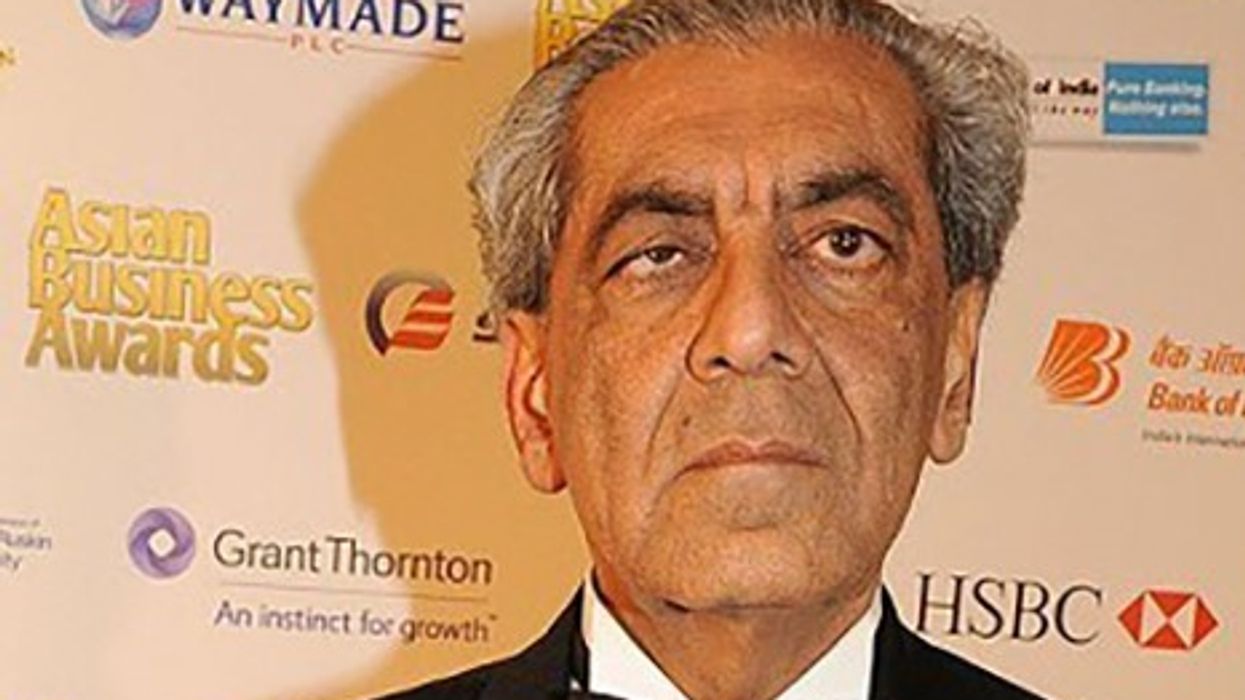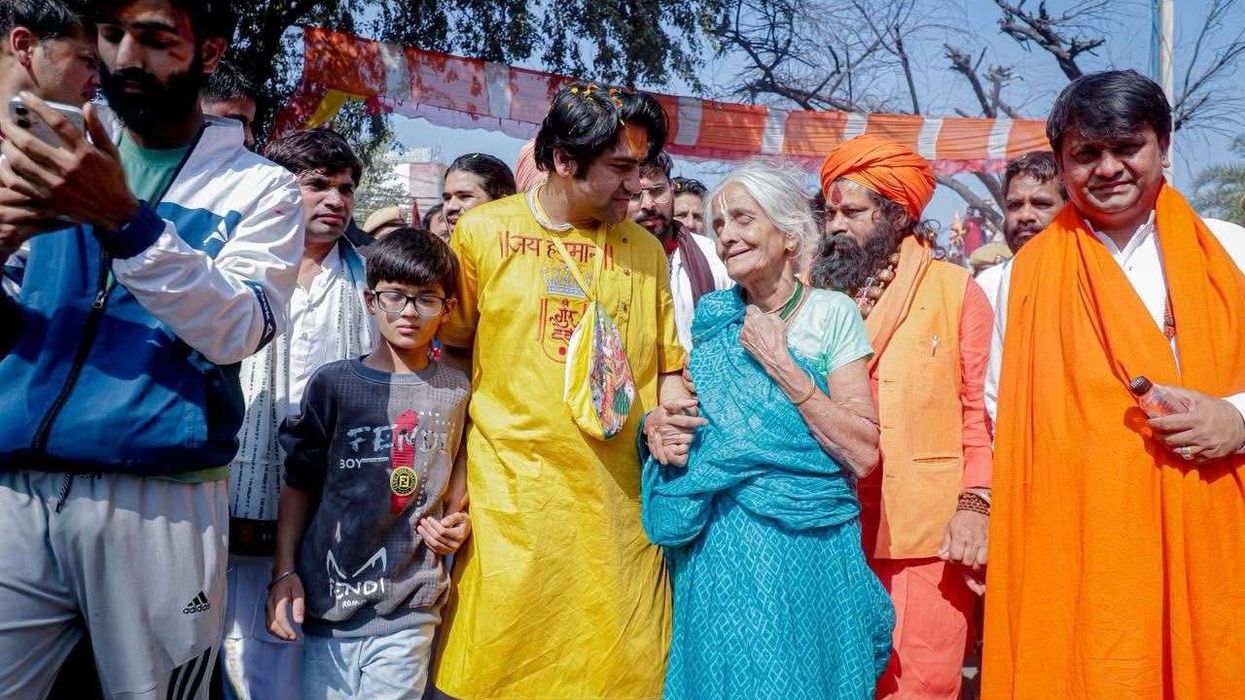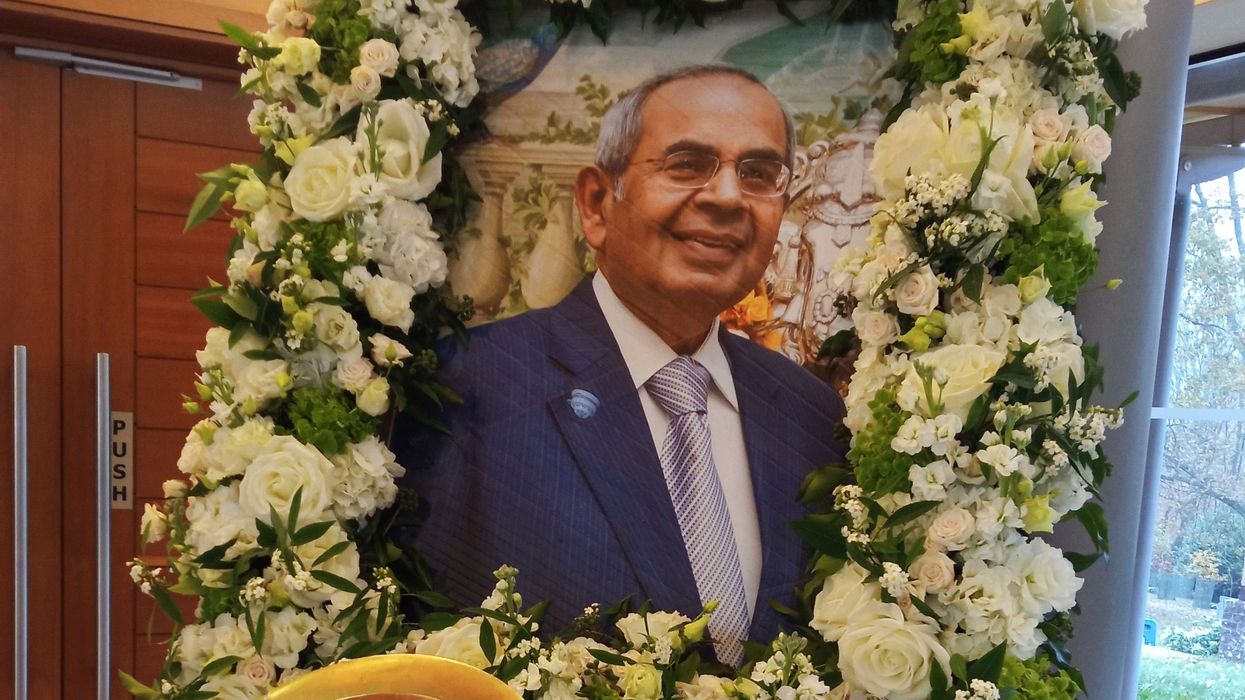Highlights:
- Following his big turn in Saiyaara, Ahaan Panday locks his next project with YRF.
- Director Ali Abbas Zafar, known for Sultan and Tiger Zinda Hai, will helm the untitled film.
- The project is an action romance, a genre Zafar has previously excelled in.
- Producer Aditya Chopra personally recommended Panday for the lead role.
- Filming is scheduled to begin in the first part of 2026, with music sessions already underway.
The Saiyaara wave is far from over. Ahaan Panday, whose debut film became a genuine box office phenomenon, is not wasting any time. He has reportedly signed on for his next feature, an ambitious action romance for Yash Raj Films. The project will see him working under the direction of blockbuster filmmaker Ali Abbas Zafar, marking a major new phase for the young actor.
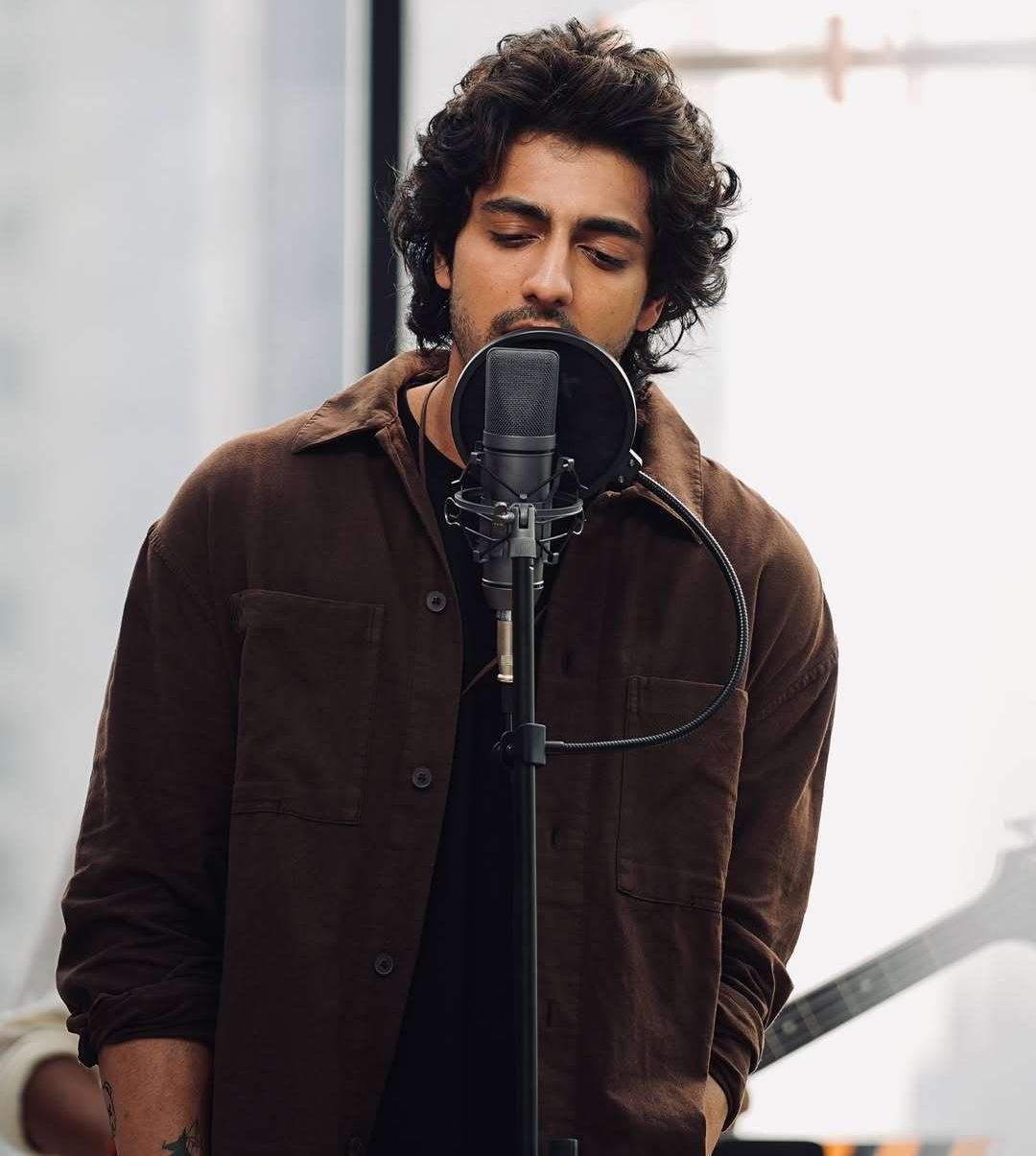
What is Ahaan Panday’s next film after Saiyaara?
So, what’s next for the guy who just delivered one of the year’s biggest hits? According to industry reports, it’s a hard-hitting action romance. The new film is expected to have intense passion sequences with high-stakes drama and action elements. The move is a sharp pivot from the intense romance of Saiyaara, deliberately designed to show a different side of Panday. The script is finalised, and the team has already started work on the music.
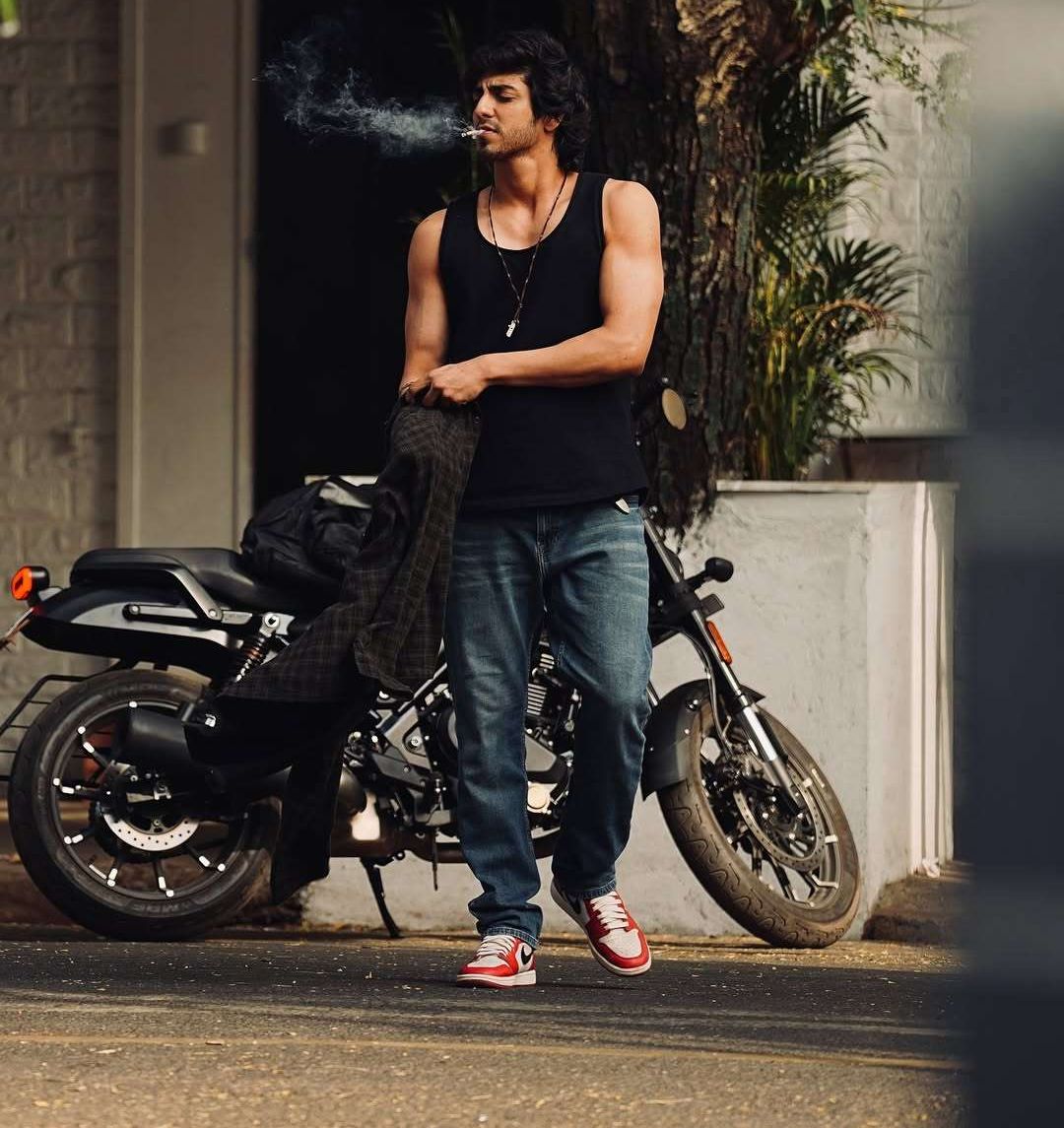
Why did Ali Abbas Zafar cast Ahaan Panday?
Look, it’s no accident that Ahaan landed this role. The word is that Aditya Chopra himself pushed for him. According to him, in an industry crammed with overexposed faces, Ahaan’s freshness is pure gold. He’s not that familiar, and right now, that’s the whole point. After Saiyaara, people are leaning in, trying to get a read on him. What’s he really about? Casting him now, before anyone else can, is a power move. Chopra isn’t hiding his short filmography. In fact, he’s using it by turning that mystery into the main event.
When does the Ahaan Panday and Ali Abbas Zafar film start shooting?
For fans eager to see this new collaboration, the timeline is taking shape. The production is aiming to get the cameras rolling around the first quarter of 2026. That gives plenty of time for pre-production, which will apparently include action workshops and look tests to craft a completely new image for Panday.
This film will mark the fifth collaboration between Zafar and the YRF banner, a partnership that so far has a flawless commercial record with hits like Sultan and Tiger Zinda Hai.
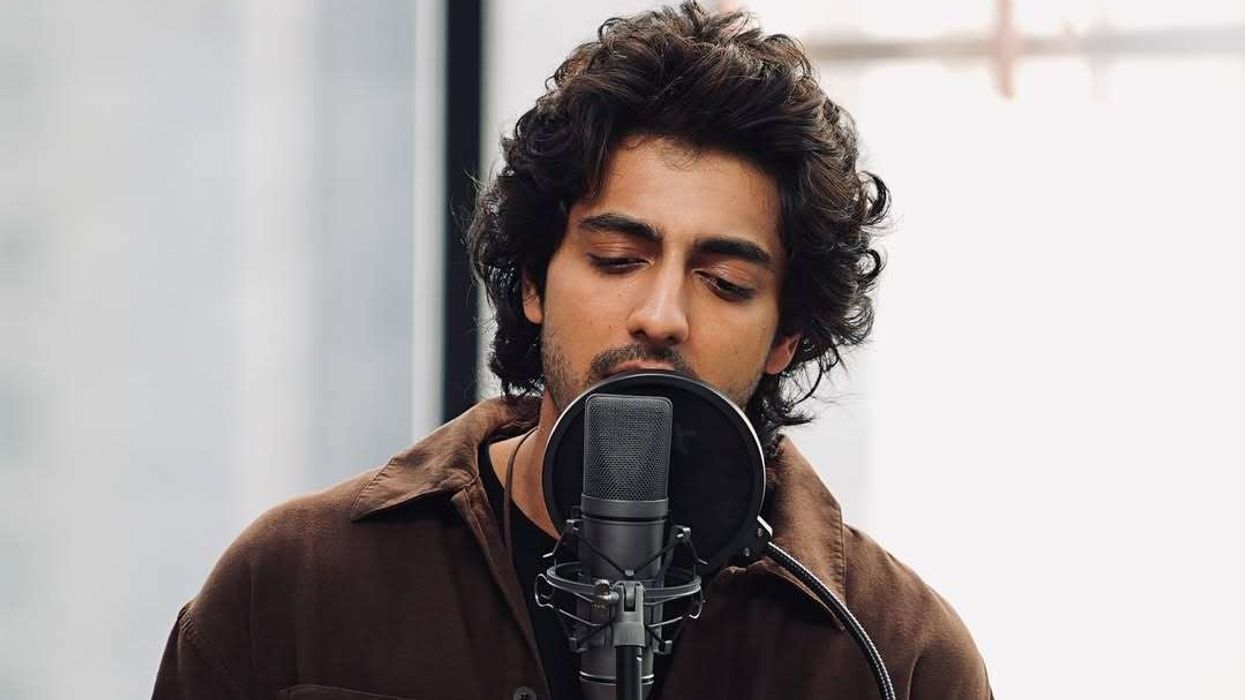

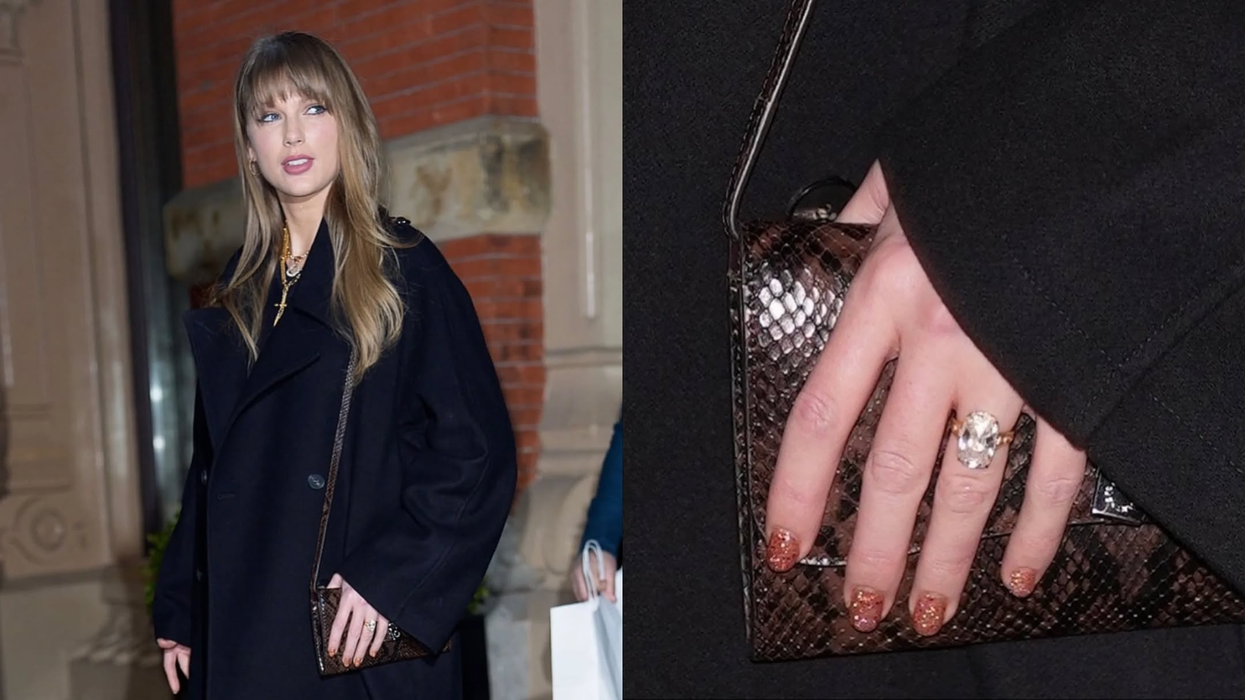

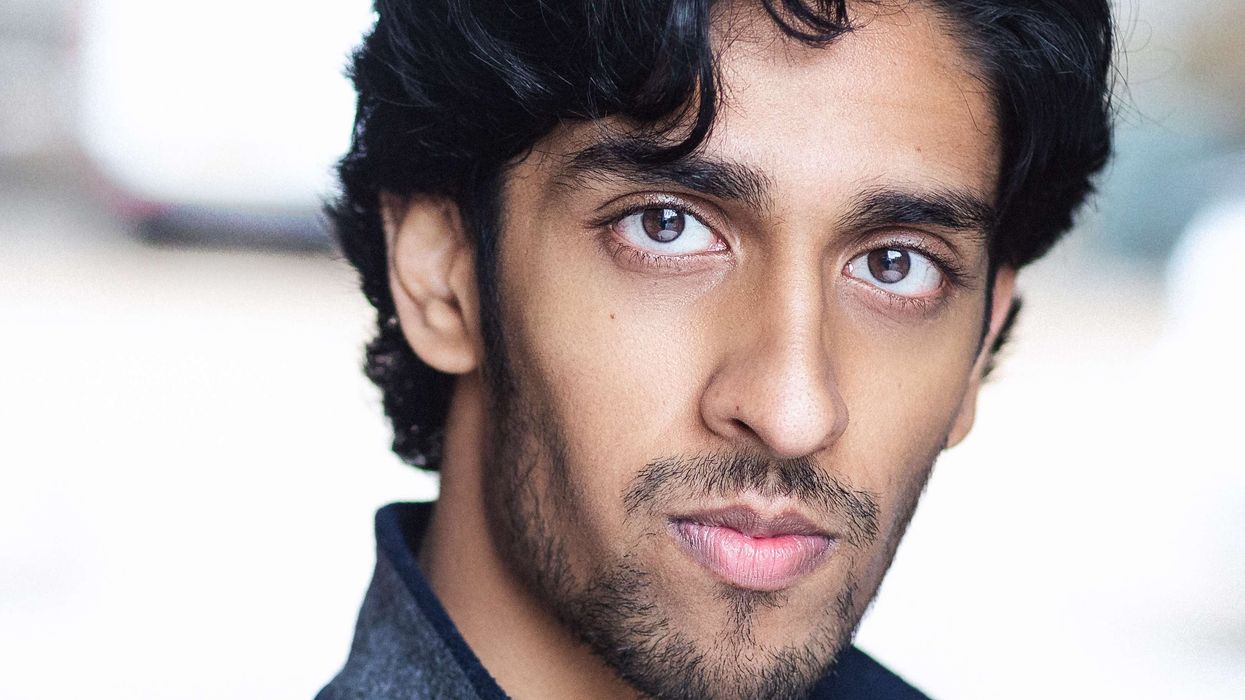


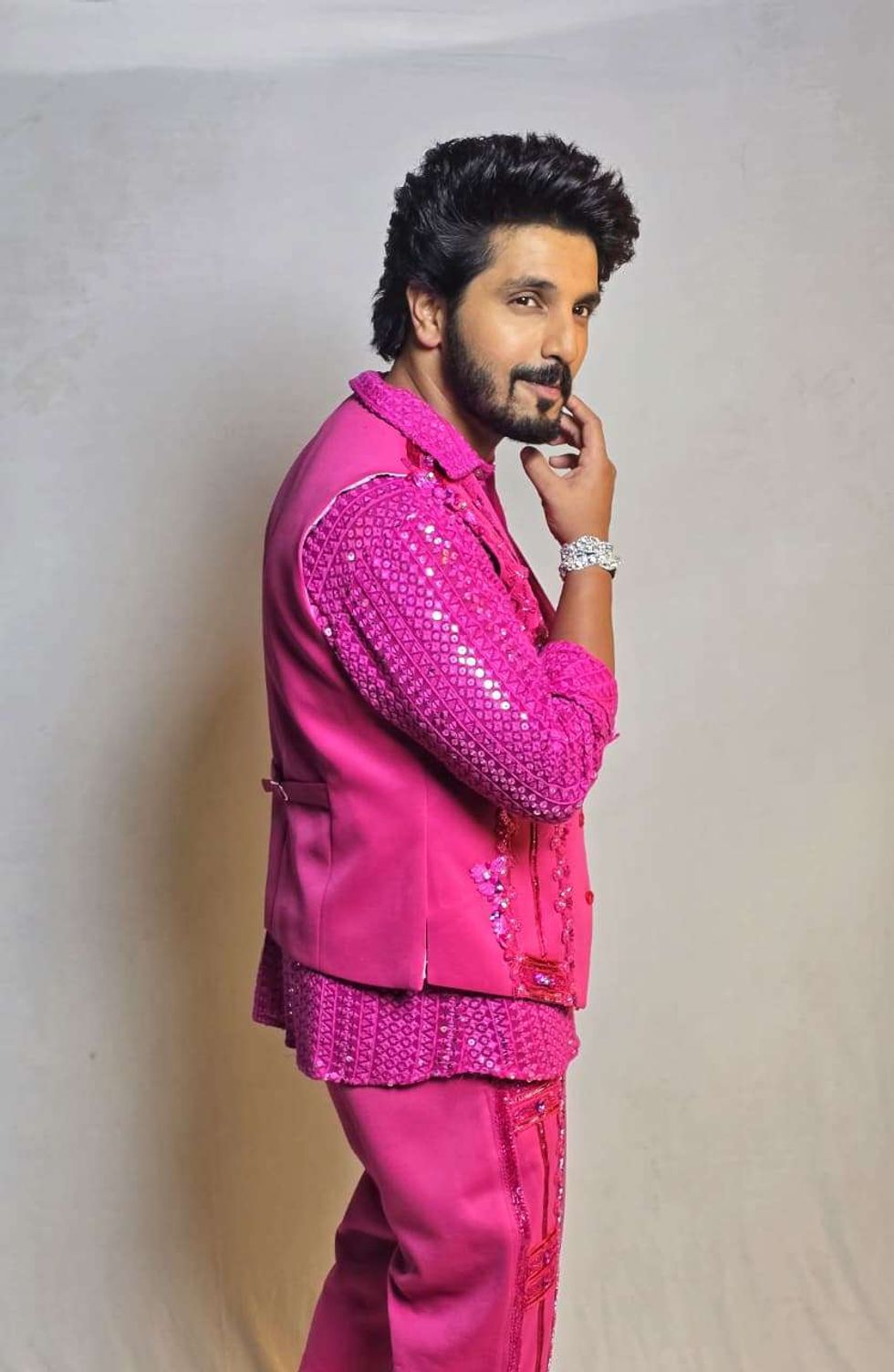 Kanwar Dhillon Reflects on 10 Career-Defining Moments
Kanwar Dhillon Reflects on 10 Career-Defining Moments 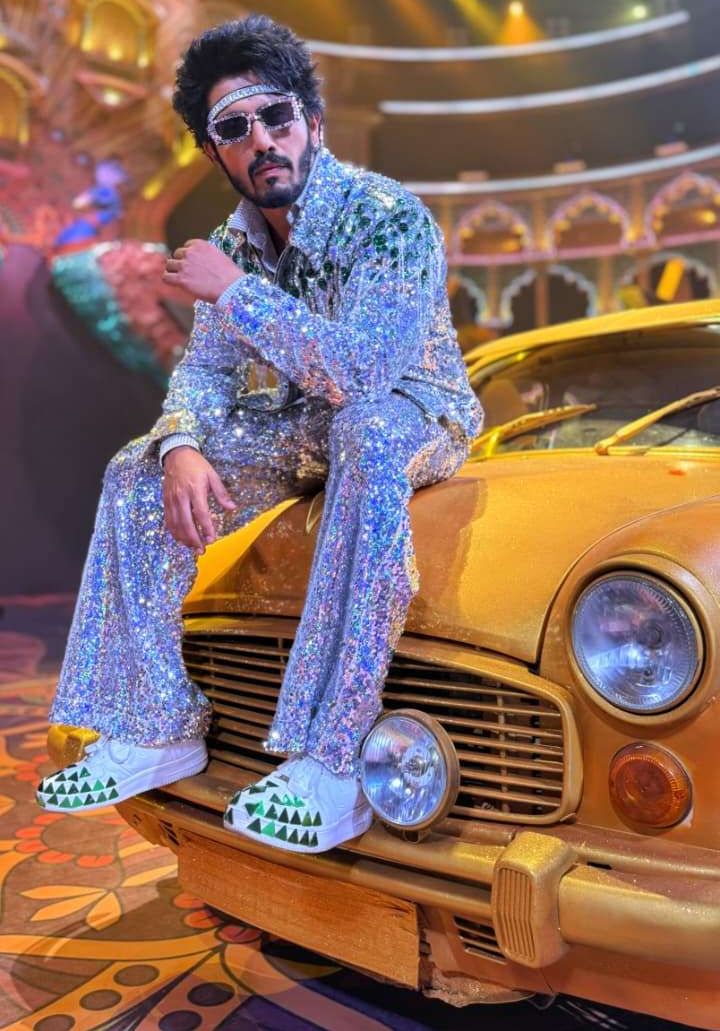 From Debut to Awards: Kanwar Dhillon’s Journey
From Debut to Awards: Kanwar Dhillon’s Journey  Kanwar Dhillon Looks Back on a Decade of Work
Kanwar Dhillon Looks Back on a Decade of Work